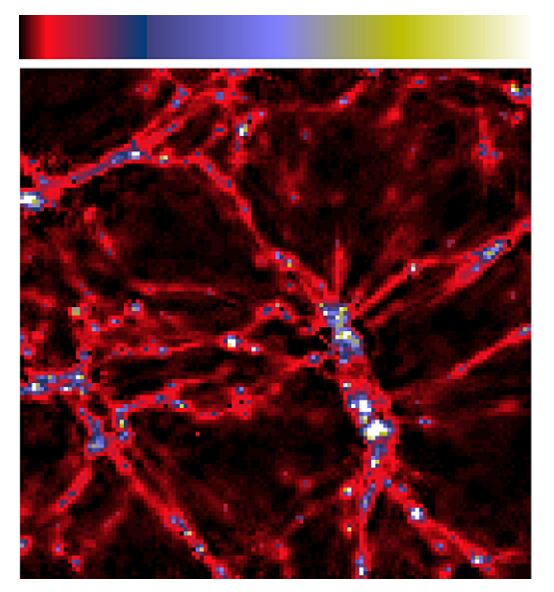| Authors: | A. Woiselle, J.-L. Starck, J. Fadili |
| Journal: | Applied and Computational Harmonic Analysis |
| Year: | 2010 |
| Download: | Science Direct |
Abstract
This paper describes two new 3D curvelet decompositions, which are built in a way similar to the first generation of curvelets (Starck et al., 2002 [35]). The first one, called BeamCurvelet transform, is well designed for representing 1D filaments in a 3D space, while the second one, the RidCurvelet transform, is designed to analyze 2D surfaces. We show that these constructions can be useful for different applications such as filament detection, denoising or inpainting. Hence, they could lead to alternative approaches for analyzing 3D cosmological data sets, such as catalogs of galaxies, λCDM simulation or weak lensing data.


